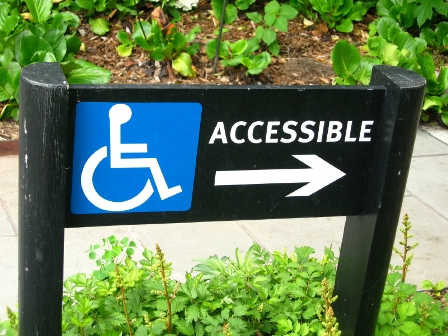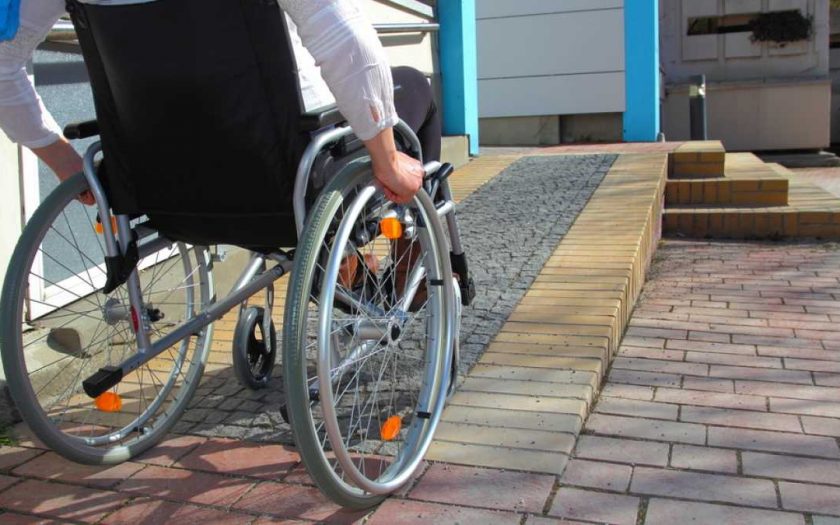From Surewise and our own Wheelchair Insurance scheme
f you are a wheelchair user, you will probably already relate to how difficult it can be to navigate the typical home in your wheelchair.
From large items of furniture creating sharp corners and tiny corridors to worktops simply being inaccessible, it’s not always easy to adapt to your home in your wheelchair.
Things to consider when adapting your home for wheelchair use include:
- What furniture items to remove to create more wheelchair friendly spaces
- How to reorganise your cupboards and drawers to make them more accessible
- Potentially widening doors and openings
- Introducing access ramps where needed
- Changing the height of worktops, surface areas, plug sockets etc
- Making your bathroom most accessible
- Adding hands-free devices for added convenience
- Levelling out floor surfaces
- Remote-controlled settings for things like lighting, heating, alarms etc.

How to decide what to adapt in your home?
It’s best to start by considering what adaptations will make the most difference to your life. For example, if you currently can’t access certain parts of your home due to steps or doorways that are too narrow, these are obvious places to start.
Likewise, if you live alone, having access to controls for your lighting, heating etc is a good idea, as is having accessible options for your shower and anywhere else you may need assistance to reduce the chances of you having an accident while alone.
Financial help
Adapting your home for a wheelchair isn’t a cheap endeavour – however, there are government grants available to help you with these costs. These grants will help you with the costs of things like widening doorways, making rooms and facilities more accessible, adapting heating and lighting controls etc.
You can find out more about disabled facilities grants on the gov.uk website.

Considering your individual needs
There’s no real template for adapting your home for a wheelchair because your individual needs are going to be different to others.
It’s a good idea to consider what you need. A few questions to consider:
- Will the adaptations you are planning to make meet your needs long-term?
- How much space do you need to get around?
- What are the dimensions of your wheelchair and are these likely to change in the future?
- Do you need rails added if you find steps difficult to navigate?
- Do your abilities change day to day and, if so, will the changes you are making still help you on the days you have the most difficulty getting around your home?
For some, using a mobility scooter instead of a wheelchair to get around when you are out and about is a more convenient option. A mobility scooter can give you a high degree of independence and freedom, allowing you to proceed with your day-to-day routine without assistance.
If you have a mobility scooter, it is highly recommended that you take out a mobility scooter insurance policy to cover yourself, your scooter, and the people around you.
For more information about our own Wheelchair Insurance Scheme, in partnership with POPSY and Surewise, please CLICK HERE


